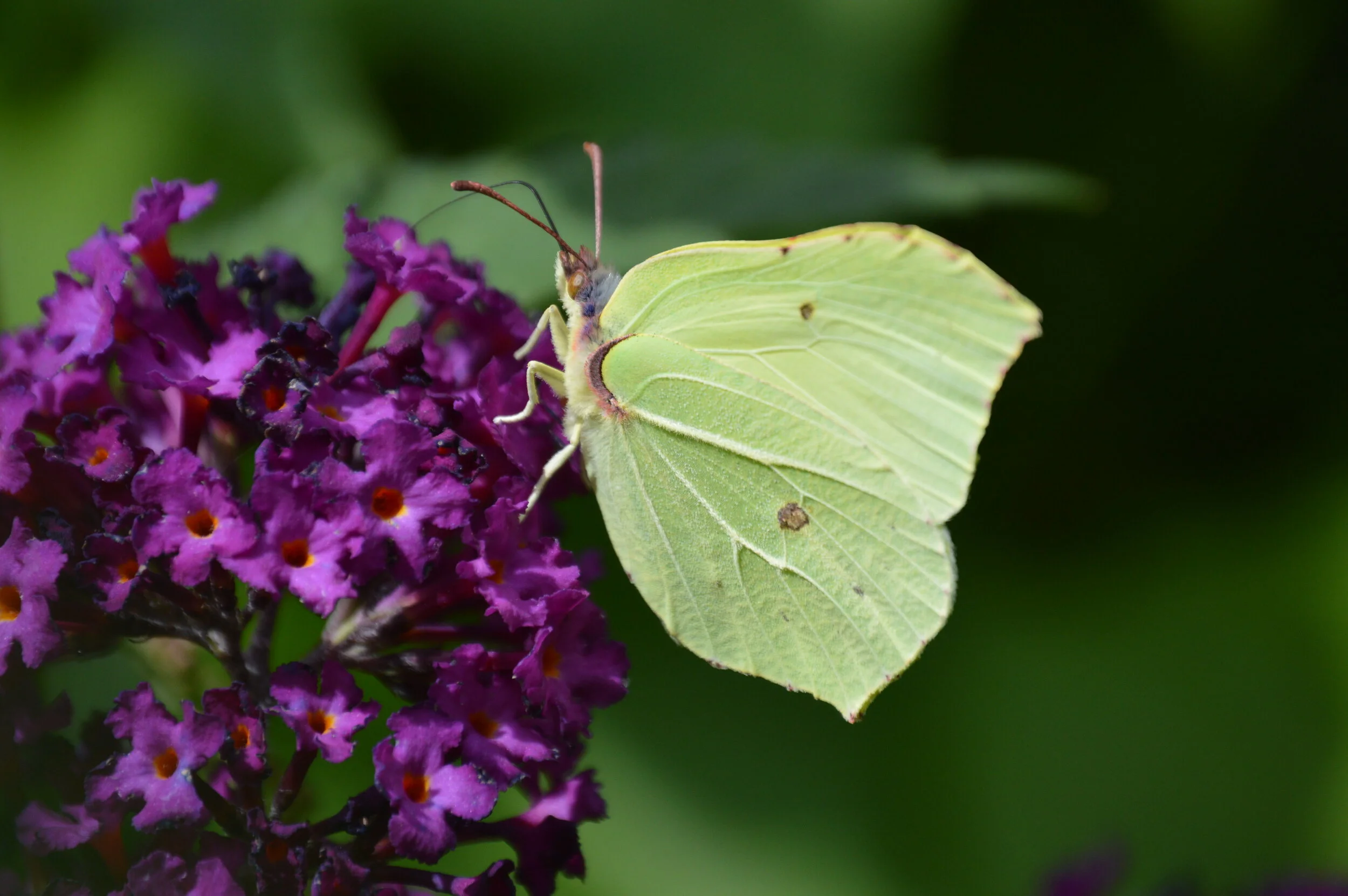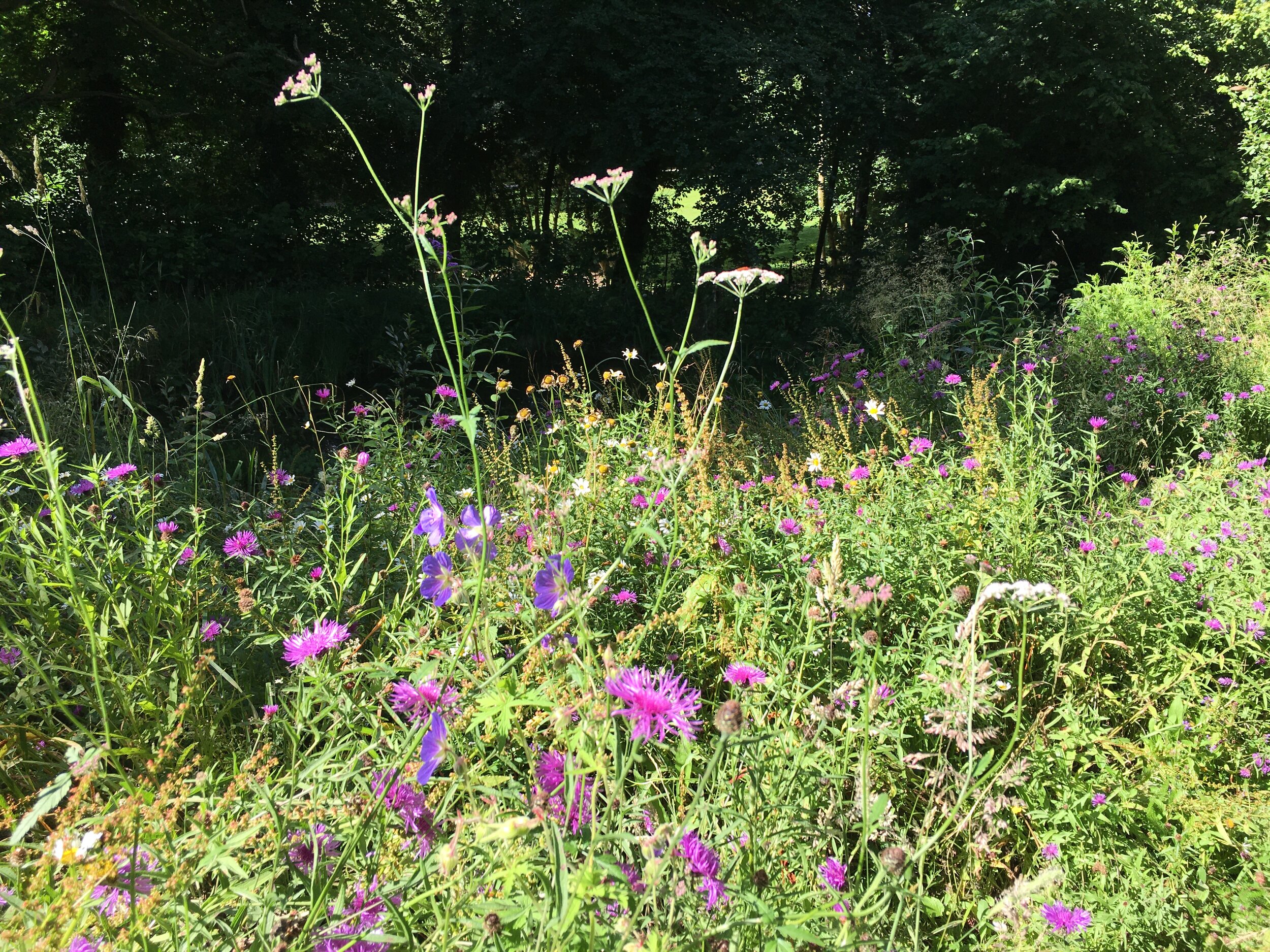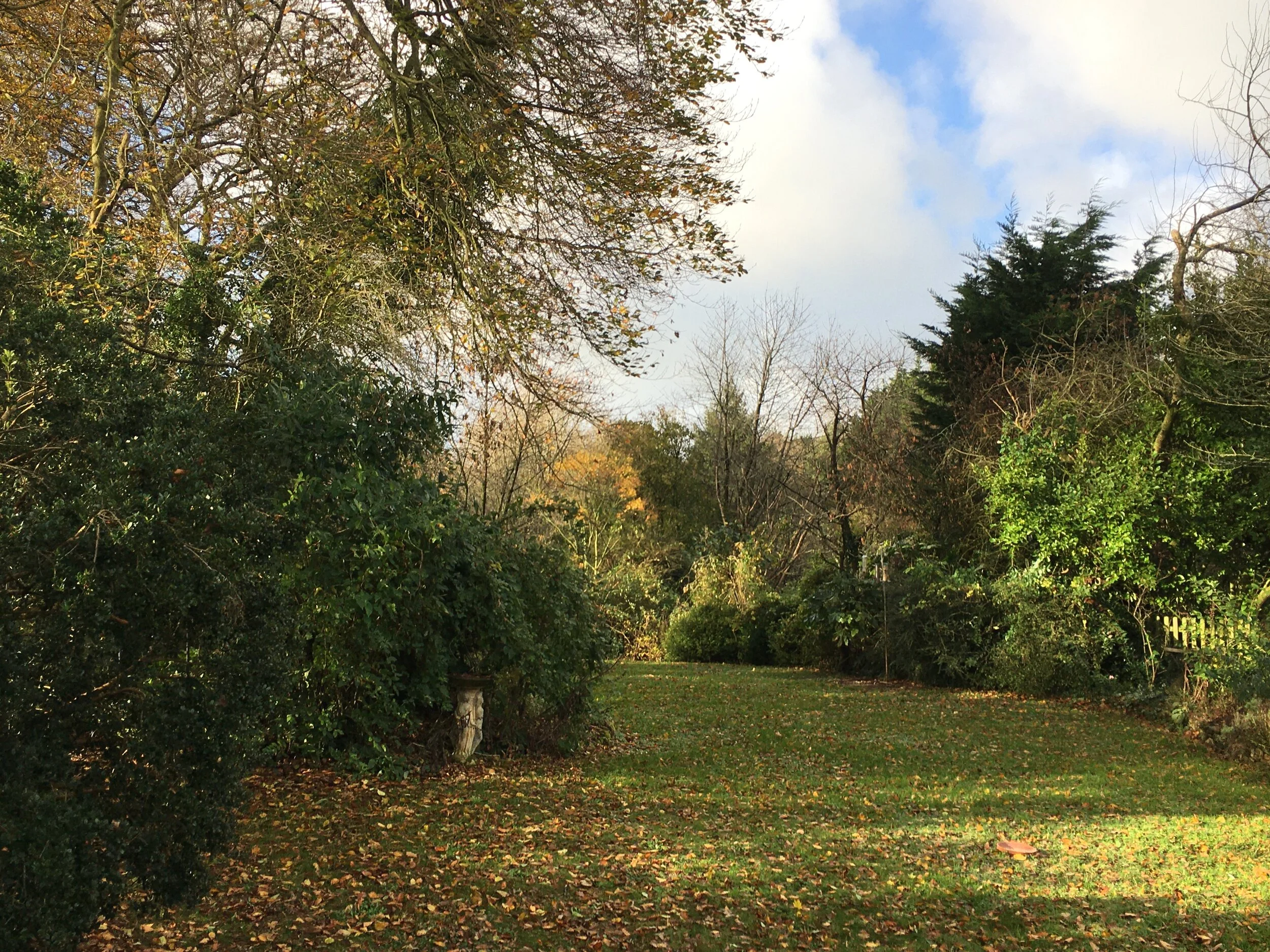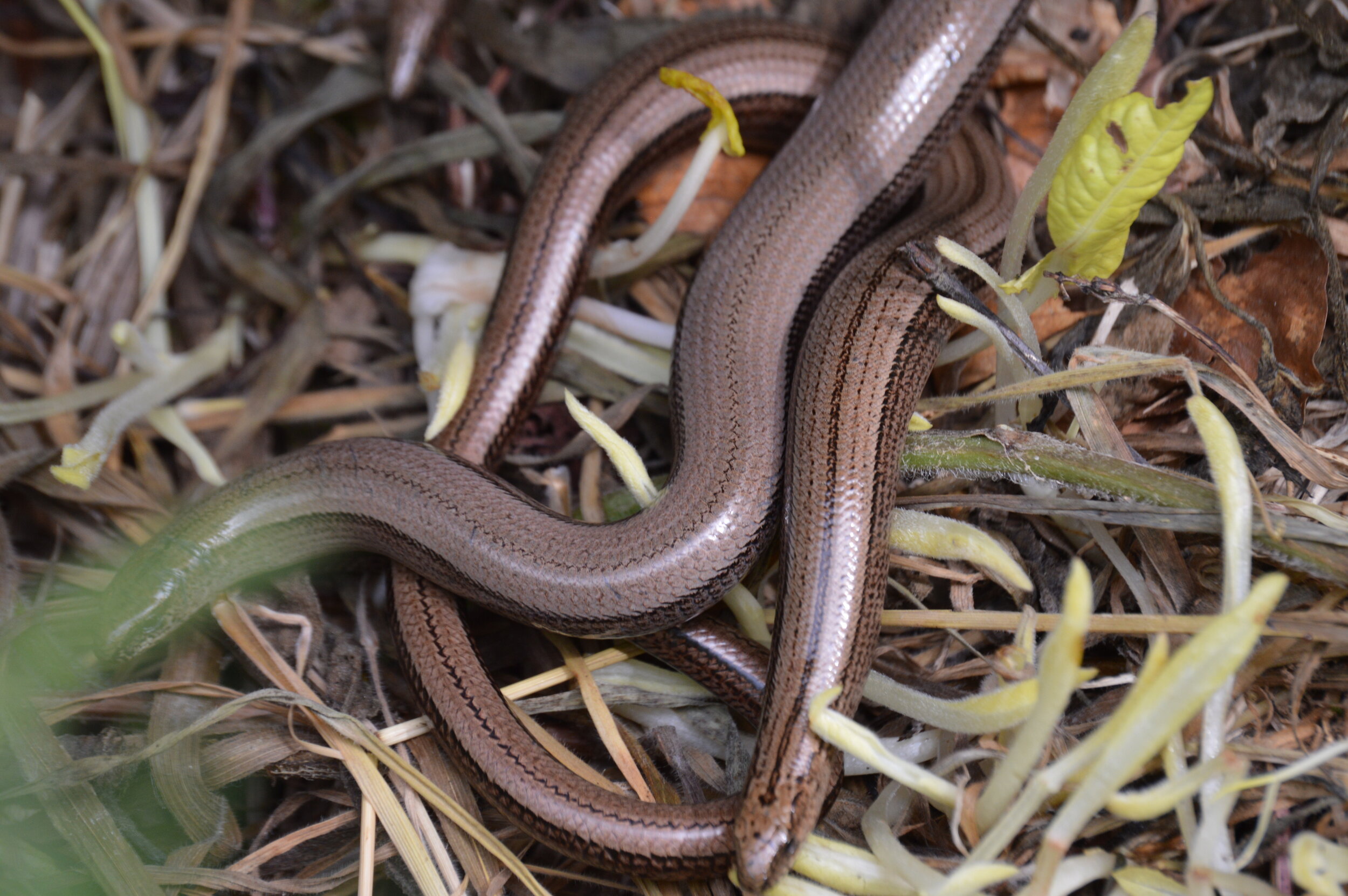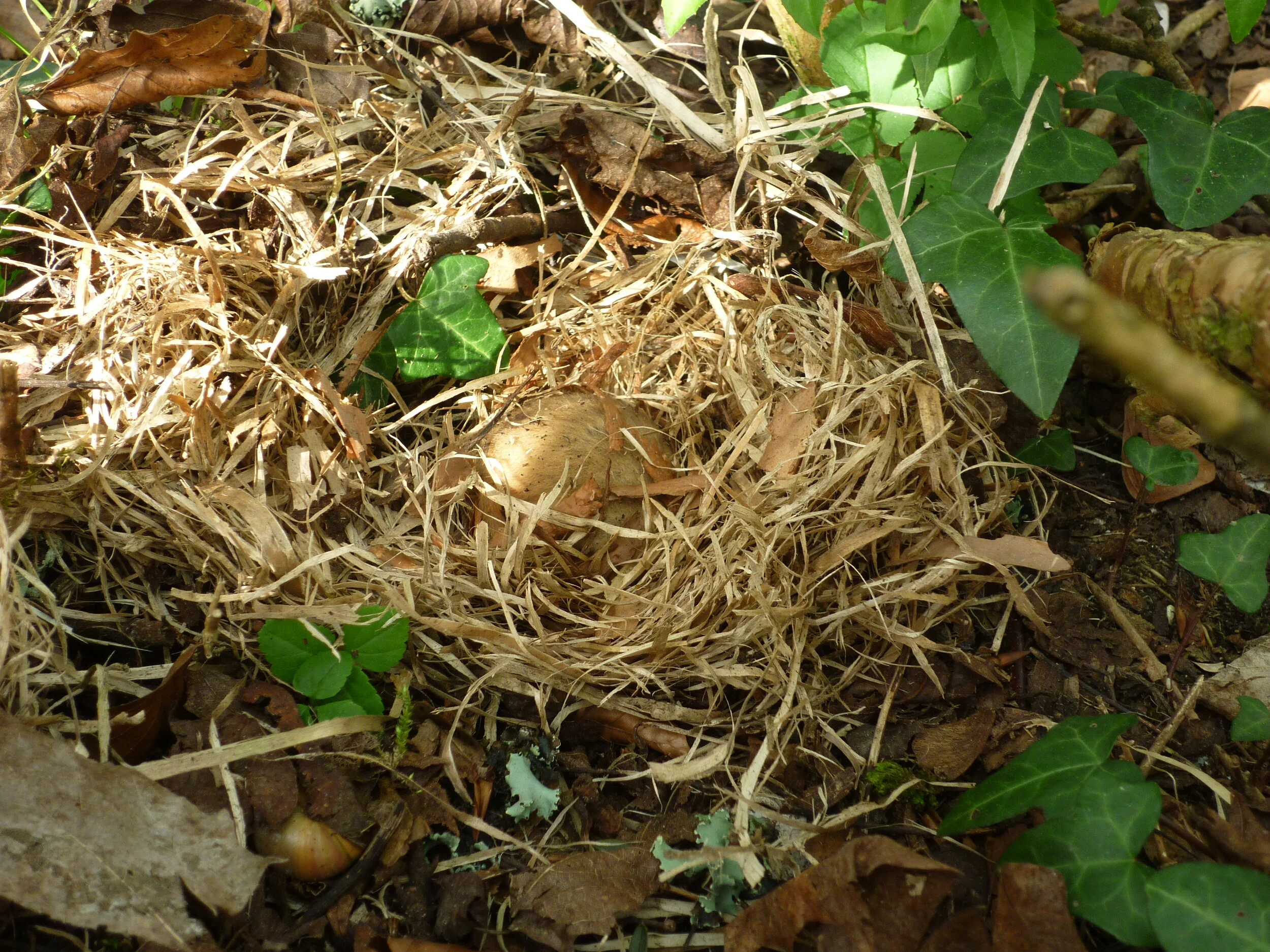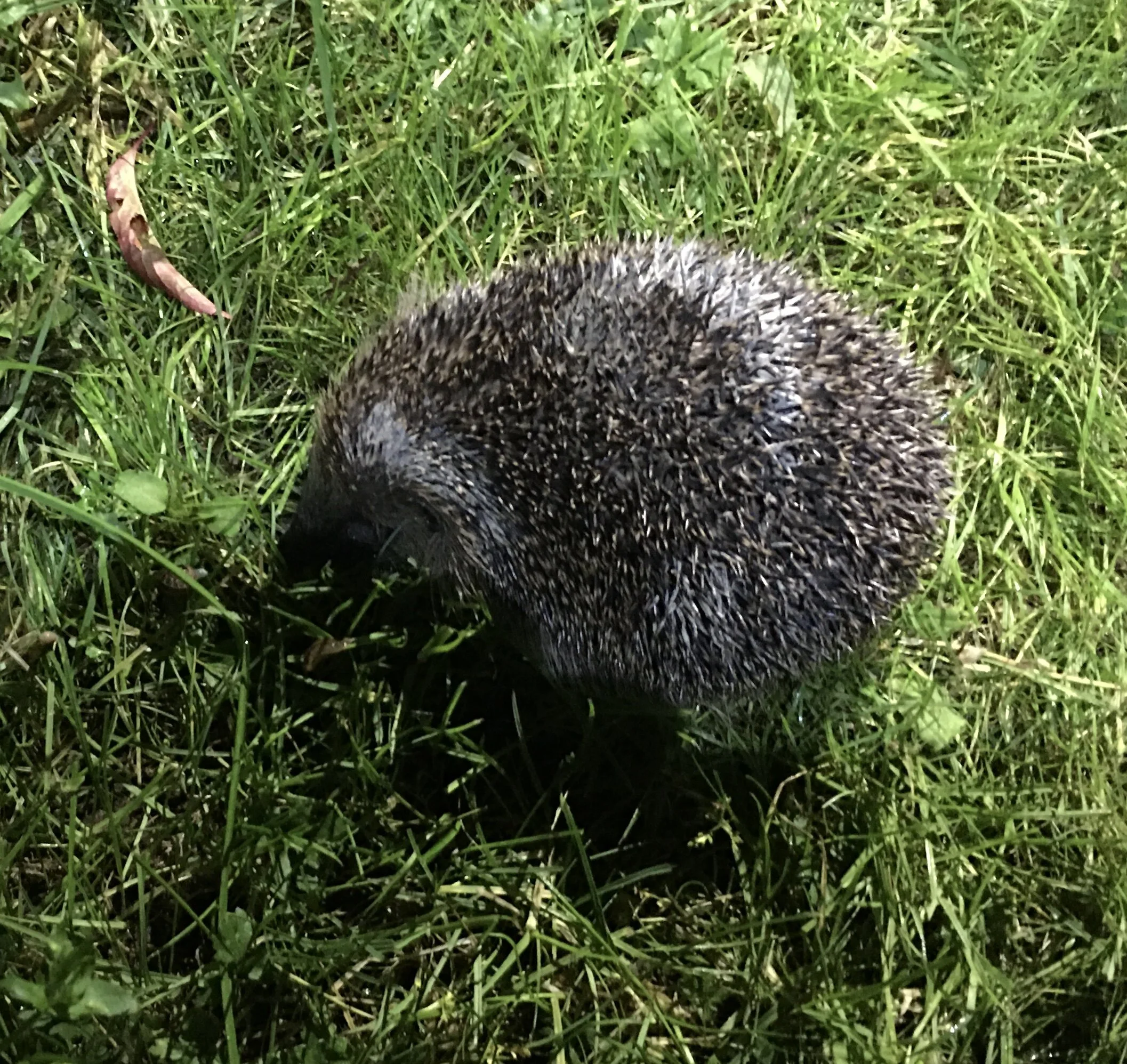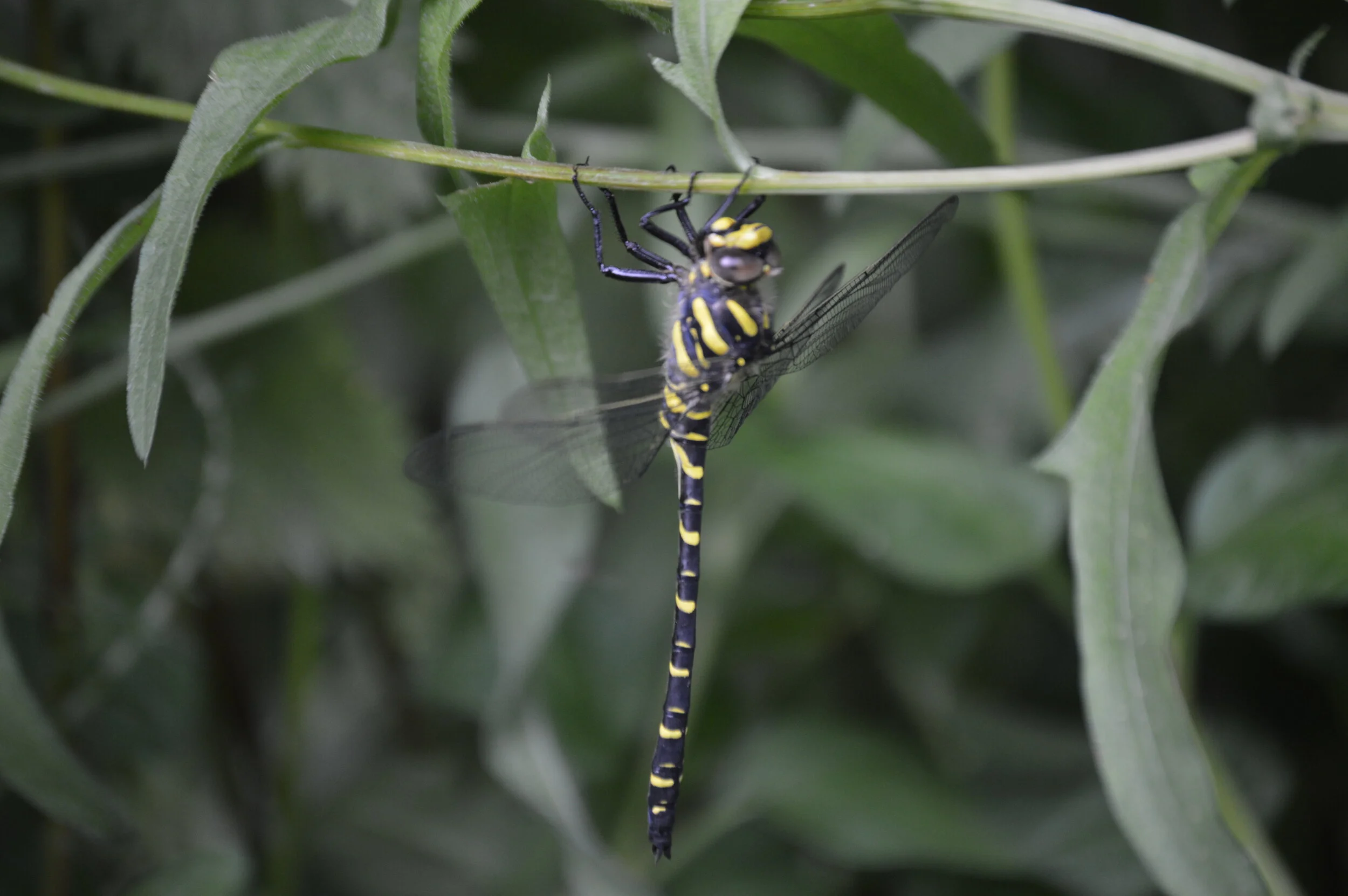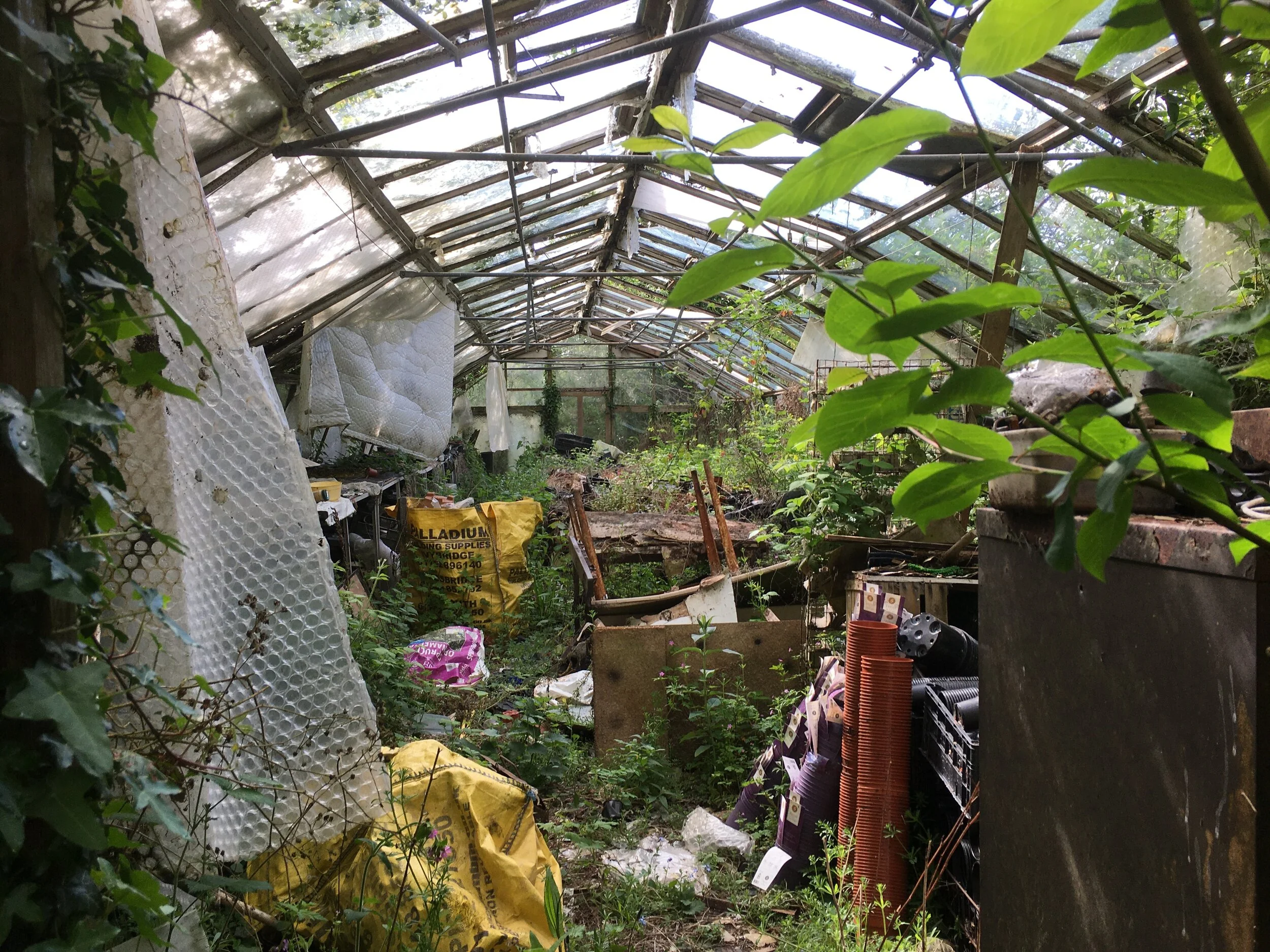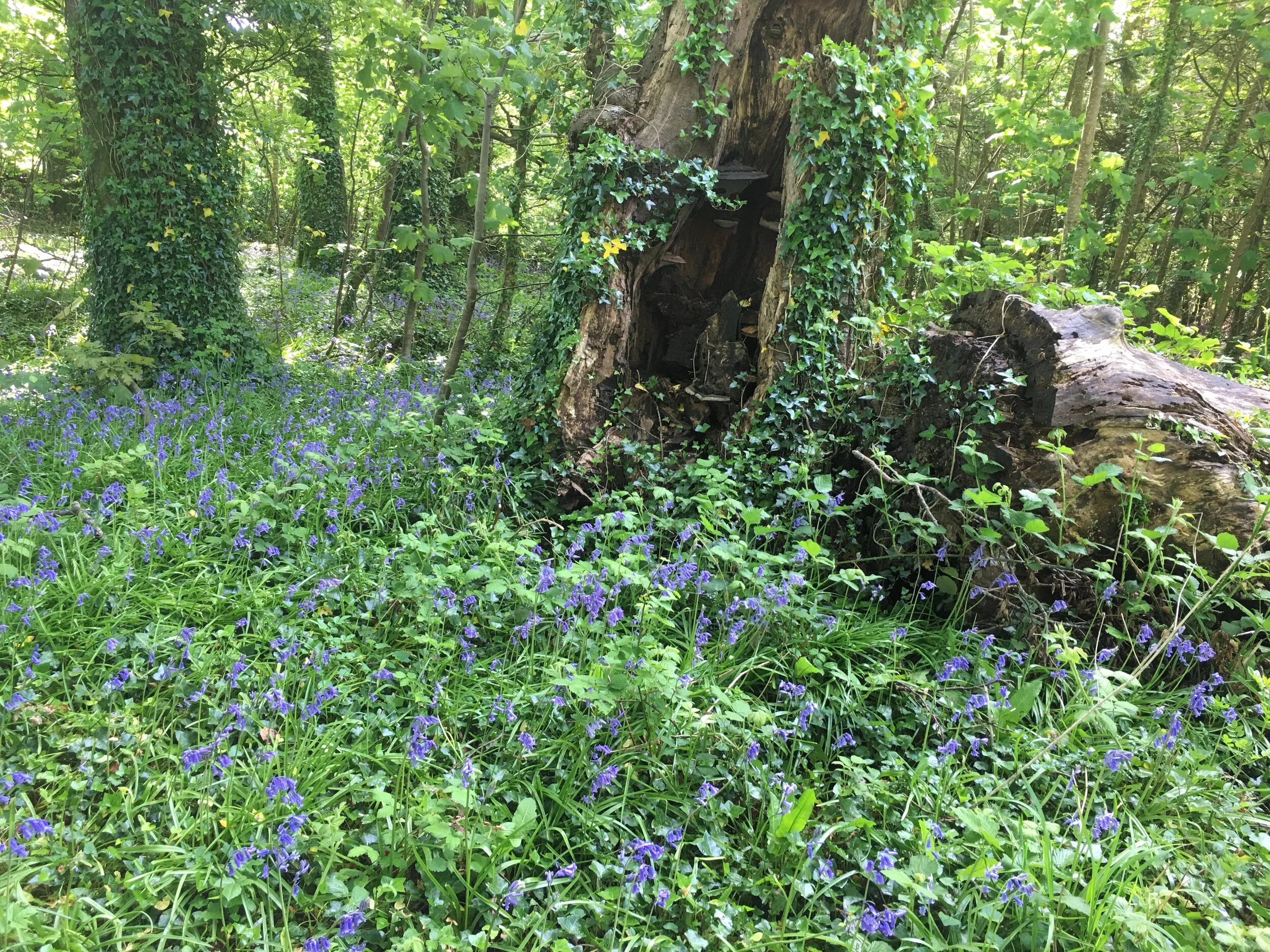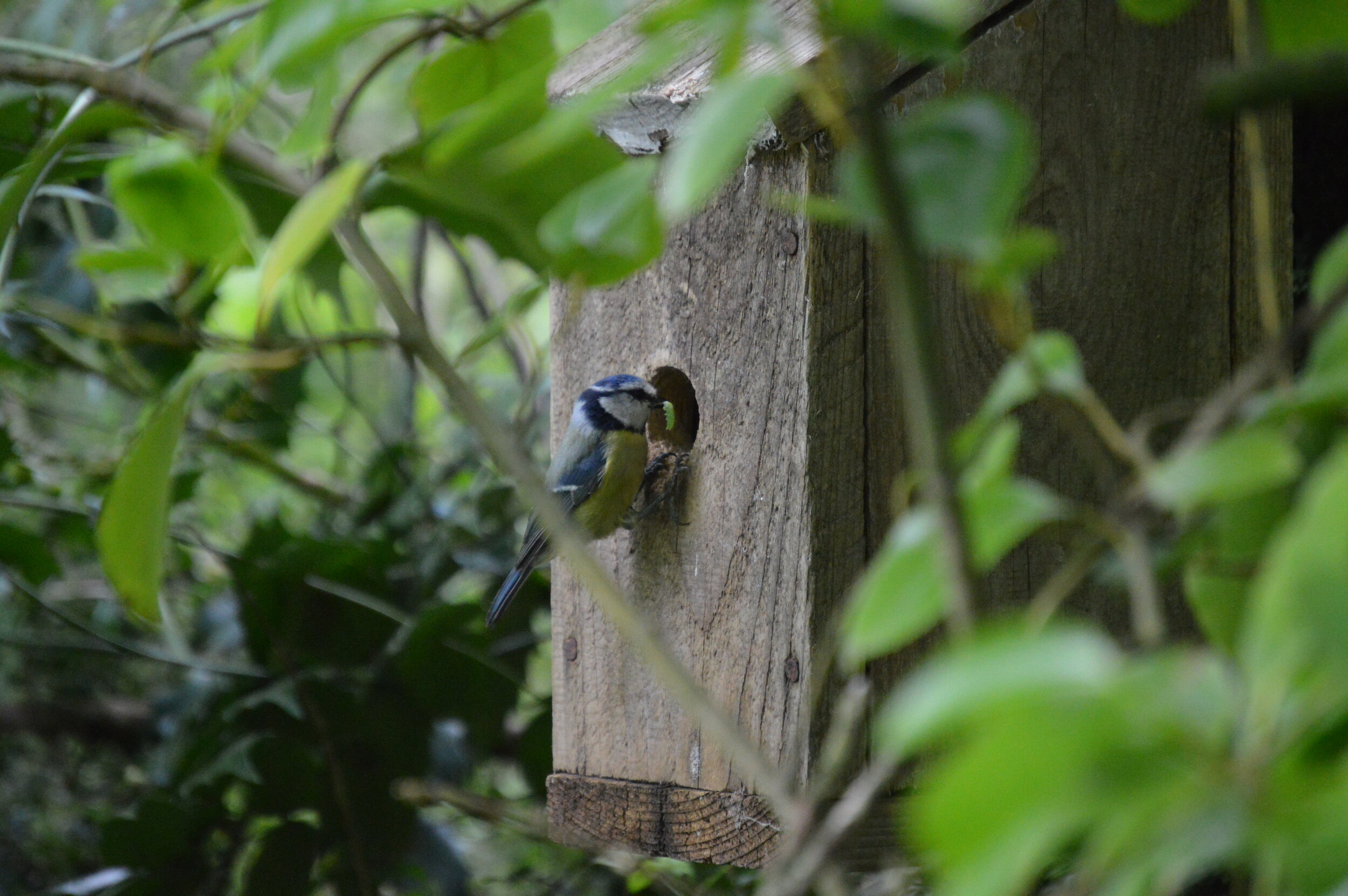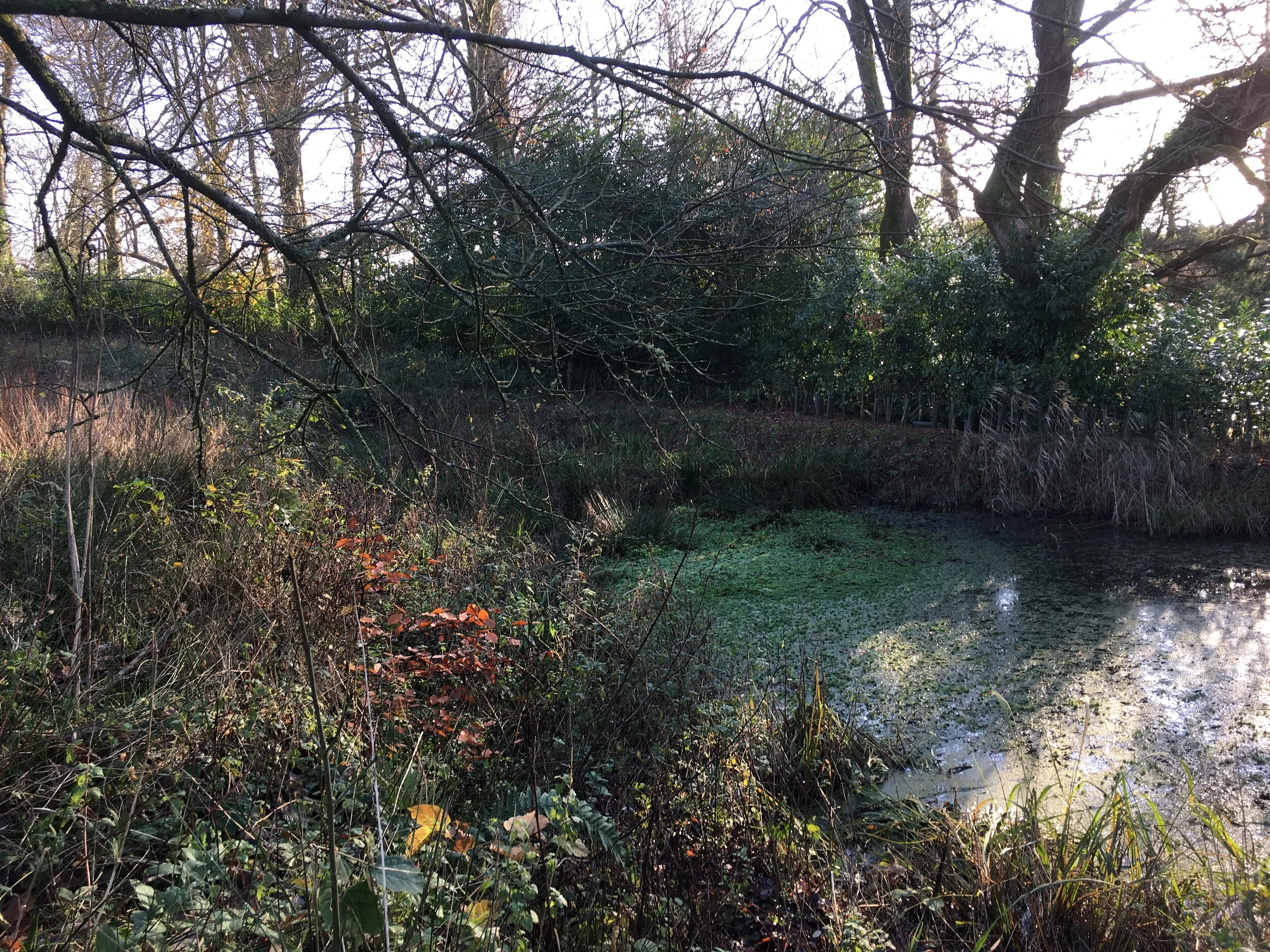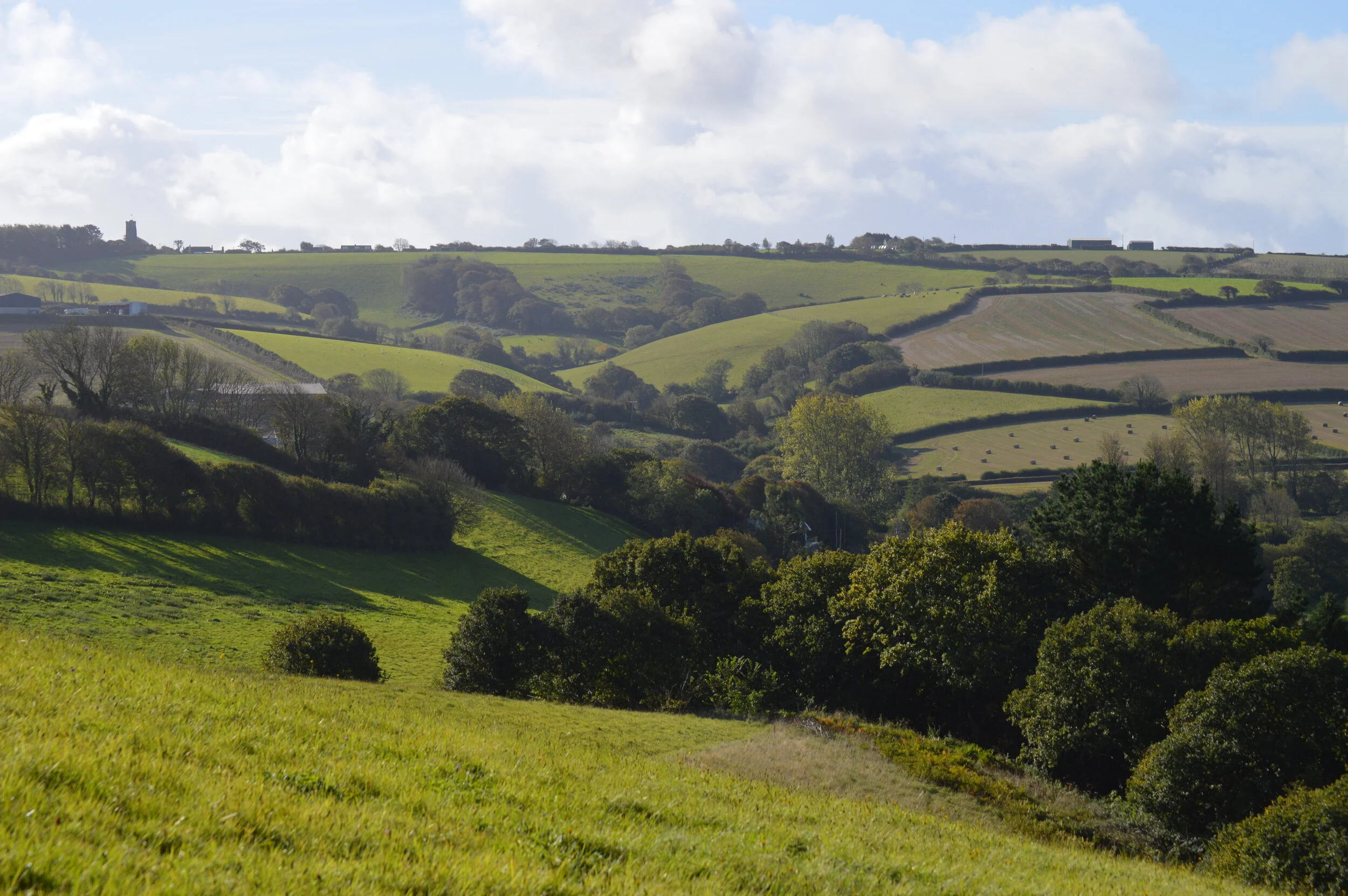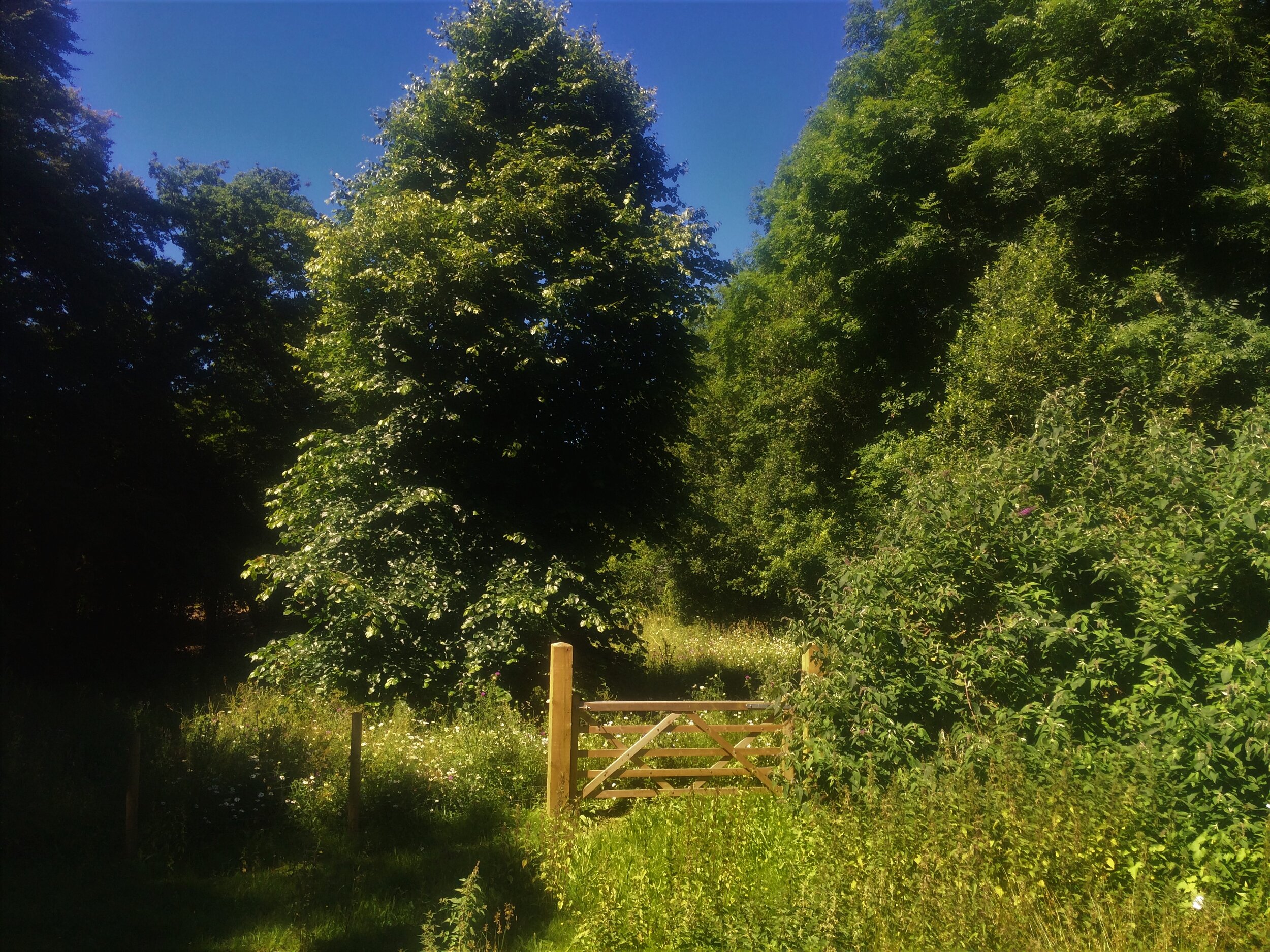
Our Story
All photos © Our Little Piece of Devon 2020
January 2021
Our first piece of land (2.5 acres) was bought by Malcolm’s father, John, in the late 1970’s. He set up a small wholesale nursery and, as he was still in full time teaching at the time, he employed Malcolm ( a qualified horticulturalist) and his friend, Andy, to run it. They produced alpines, shrubs, bedding and some indoor pot plants as well as growing vegetables organically (John was a founder member of the Soil Association).
I had a wholefood shop on the Barbican in Plymouth at the time and it was through this that I met Malcolm, as he supplied my shop with organic vegetables and a few plants. My shop was the first to sell organic vegetables in Plymouth. How things have moved on since then! Seeing organic vegetables for sale in supermarkets would have seemed, in those days, like an impossible dream!
In 1986 we bought the field adjoining John’s land (a further 2.5 acres). John had retired and was able to work full time on the nursery now, so Malcolm branched out on his own and, with Andy, set up his landscaping business and a small retail nursery in the new field. In 1987 we married and I sold my shop, enabling me to join Malcolm in his business, keeping his books and helping to run the nursery. In the same year we also bought the tiny thatched cottage that adjoined our new field - that was very exciting for us as we were now able to live on our land.
When we first acquired our field, having been intensively farmed for many years, it was pretty featureless, lacking in trees and hedgerows and fairly devoid of much in the way of wildlife. Part of the land, at the top of the field, we used for our nursery, creating a small display area with a small poly tunnel and later a large commercial greenhouse. At the bottom of the field we put up a large multi-span poly tunnel. Some of the remaining field was taken up with heeling in the vast range of ornamental and fruit trees we stocked at the time. The areas that were left we set aside for wildlife. When I have time to rummage in our loft I will find the photos of our land in the early days and will post them here so that you can see how it has evolved.
We planted as many hedges and trees as possible with a mix of native species, including plenty of hazel to encourage dormice. In the bottom corner of the field was a small natural pond - almost completely obscured and choked by a jungle of Japanese Knotweed. Over the years we have increased the size of the pond and have managed to control the Japanese Knotweed - without the use of chemicals I’m proud to say. A combination of our physical effort - digging and pulling it out - and our small flock of rare breed Soay Sheep chomping their way through it, has virtually eradicated it. The sheep developed quite a taste for it and have been very effective in its control.
Self sown trees that sprang up we left to grow and planted many others ourselves. As I sit writing this, I am looking out on a beautiful view filled with trees (a perfectly timed sparrow hawk has just sped by!) 35 years ago my view would have been of a featureless field. As the hedges became established and the trees grew, so the birds began to return. Each year the dawn chorus became louder and the diversity of species grew. Visitors to the nursery would often marvel at the birdsong. Now we never tire of hearing the glorious cacophony of our joyfully singing birds, it is always a delight.
Grass snakes and slow worms have returned to our land, benefiting from the piles of vegetation and compost heaps that are dotted around the field. Both are breeding here. One creature we had hoped to see, but thought would be unlikely, because of its rarity, was the dormouse. One of our customers at the nursery was Elaine Hurrell, daughter of the well known naturalist, H. G. Hurrell - a leading authority on dormice. It was he who observed that different species of animals, including dormice, open hazelnuts in distinctive ways - thus enabling their use to identify the presence of dormice and other species. Elaine herself was also extremely knowledgeable and carried out her own research into dormice, studying and surveying their UK distribution. She wrote a book on them too: “The Common Dormouse”. Elaine gave us advice as to the provision of suitable habitats and how to identify hazelnuts that they have opened. Around the year 2000 we found our first evidence of the presence of dormice on our land, sadly it was the discovery of a dead one but, nonetheless, it was an exciting moment for us. Over subsequent years we have found further evidence - a few summer nests, and a hibernating dormouse, discovered by accident by Malcolm when he was planting some bulbs. It did not awaken from its slumbers and he quickly covered it up again.. The following spring we set up a trap camera next to the nest in the hope of recording it emerging. We did manage to capture a very fuzzy image of it!
A more recent success story has been the return of hedgehogs - we found one in the field about twenty five years ago, but had not found evidence of any since. We did have many visiting badgers at the time. The sad demise of badgers due to culling might have something to do with our recent re-colonisation by hedgehogs, the badger being their main predator. Each year for the last five years we have seen increasing numbers of hedgehogs, including with young, so firm evidence that they are breeding. We have various feeding stations and hedgehog houses dotted around the place. I also help out regularly at the Prickles in a Pickle Hedgehog Hospital, bringing some back to care for in our soft release pen and the occasional one for full release.
Our pond has attracted wild mallard ducks, though they have yet to breed on it. We now also have some resident moorhens who did successfully hatch and rear young this year. We are hoping that we might be allowed to introduce water voles at some point, if the habitat is deemed suitable. Surrounding the pond we have a small wildflower area. In summer this little meadow teems with flying insects including butterflies and many species of damsel and dragonfly. In the long grass can be found slow worms and grass snakes. We also have many frogs, toads and newts.
As the sun sets and the light fades the flitting bats take centre stage. In the UK there are eighteen known species of bats, sixteen of these are to be found in Devon. In a bat survey, conducted in 2017, eleven species of bats were recorded in our field, including the very rare Western Barbastelle. We have our own bat detector now and were excited to record a Grey Long Eared recently. It was only once, so is by no means definite, but is not beyond the realms of possibility because there is a maternity roost in Loddiswell. We’re hoping to detect more once spring comes. We have bat boxes placed in a few strategic locations around the field.
We have tried to plant plenty of pollinator friendly flowers and have many species of bees, butterflies and other insects. Just as important as the nectar rich flowers are the host plants for the caterpillars and other larvae. We try to make sure there are plenty of caterpillar food plants, which is why we have such vast swathes of nettles in the field along with plenty of other caterpillar friendly weeds. Tidiness and wildlife do not go together - bramble patches, nettles and other weeds, dead trees, piles of rotten logs, long grass, scrubby areas……….these are all vital wildlife habitats.
When, sadly, John died in December 2017, we inherited his 2.5 acre plot with his then derelict nursery, doubling our holding size to 5 acres. Since then we have been trying to clear forty years of horticultural debris (he was a bit of a hoarder and not very tidy!) and to restore that area to its former wild state. On part of it there is a small bluebell wood with handsome tall beech trees. Next to it is a dense area of conifers - we have recently started to fell these, many are dying anyway and they are so closely planted that they shade out anything else from growing. We will then re -plant with native trees and introduce some bluebells from the adjoining area. We will also thin out the sycamore which are starting to take over under the beech trees. There are large patches of dog violets which we are anxious to preserve and increase- they are the host plant for Silver Washed Fritillary butterfly caterpillars. We saw this butterfly for the first time on our land only two or three years ago, so are keen to ensure it stays.
Over the last 35 years we have also raised two children and cared for a veritable menagerie of animals. We’ve had cats (not encouraged now because of their detrimental effect on wildlife), dogs, rabbits, guinea pigs, chipmunks, gerbils, goats, Soay sheep (with several hand reared lambs), chickens and ducks, not to mention the bird aviaries housed in our greenhouse. At the moment we just have a few Soay sheep, but there is a whisper of a puppy sometime soon…….watch this space! We take great pleasure in feeding the birds in our garden and love watching them - we have a whole family of pheasants, successfully reared in our field, who visit the garden to feed regularly. A moorhen also pops in now and then, along with a pair of mallard ducks. Whereas in the past much time was spent feeding the livestock, now it takes us both a similar amount of time topping up the many bird feeders and replenishing the hedgehog feeding stations. We reap huge rewards from our efforts though, nothing beats the thrill of spotting an unusual feathered visitor on the feeders or of coming across a hedgehog visiting a feeding station on an evening stroll.
If you are interested in seeing lists of species of wildlife we have seen over the years, please visit our species lists page.
We closed our nursery in 2005 and continued with just the landscaping business. It was a hard and heart breaking decision for us but, financially, it was the correct one. I found full time employment with a local company making cider and apple juice. I worked there very happily for fifteen years until in 2020, as a result of the Covid-19 pandemic, I was devastated to find myself made redundant. The height of a pandemic is not the best time to be seeking new employment and age was not exactly on my side! Anyone unfortunate enough to have been in the same position will know that redundancy seriously undermines one’s confidence, self esteem and self worth. During lockdown we enjoyed spending more time on our land and walking locally. Connecting with nature undoubtedly helped me through this very difficult time in our lives. Being able to sit in our field and observe the wildlife was a great solace to me. It also rekindled my interest in photography and we both enjoyed photographing wildlife in our field and in our glorious Avon Valley, along with local views. I started to make my own greetings cards for friends and family. After receiving much positive feedback, it set me to thinking about starting up my own business making and selling cards. It has taken me a while to set up but now, a few months down the line, I am ready to embark on my new venture. The cards will be available in local shops and can be purchased from this website along with canvas prints etc. We also have a few other exciting business ideas related to our wildlife interests which we look forward to sharing with you in the future.
The most recent chapter of our story opens with son James and partner Rhi’s acquisition of nearly 12 acres of land in October 2020, about 2 miles from us as the crow flies, in our beautiful Avon Valley. They are embarking on their own re-wilding project. Already James has dug a large pond, planted some native trees and fenced one of the fields in preparation for the arrival of two rescue ponies. Like us, they will be working with the Devon Wildlife Trust’s Avon Valley Project.
Between us “Our Little Piece of Devon” comprises 17 acres. We hope you will share in our unfolding story by following our journal where we will share news and photos of our land as it evolves.
Wildflower meadow next to our pond
The view from my window
Slow Worms
The hibernating dormouse
Bramble the Hedgehog
Hedgehog house and feeding station - the house is now hidden under sticks and leaf debris
Moorhen nest on our pond
Golden-ringed Dragonfly
More of our insect rich wildflower meadow
We have a lot to clear up here - and there’s more!
Our bluebell wood
Soay lamb
Busy Bluetit feeding young in one of our many nest boxes
Our pond in winter
Greetings Cards
View of the Avon Valley from James and Rhi’s land

